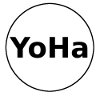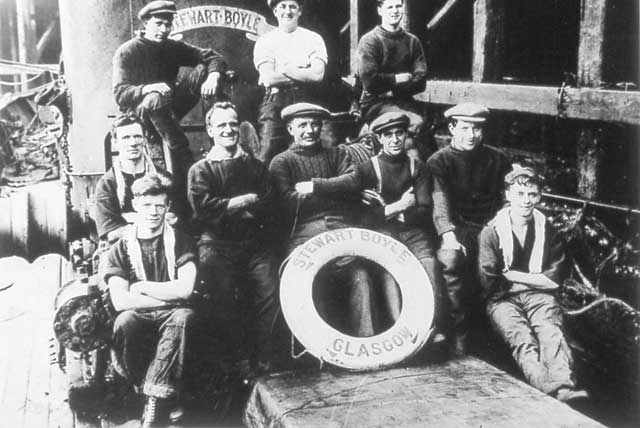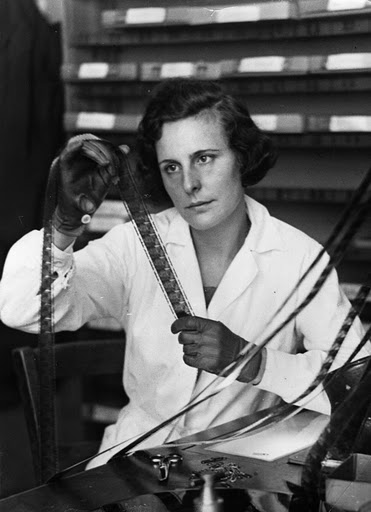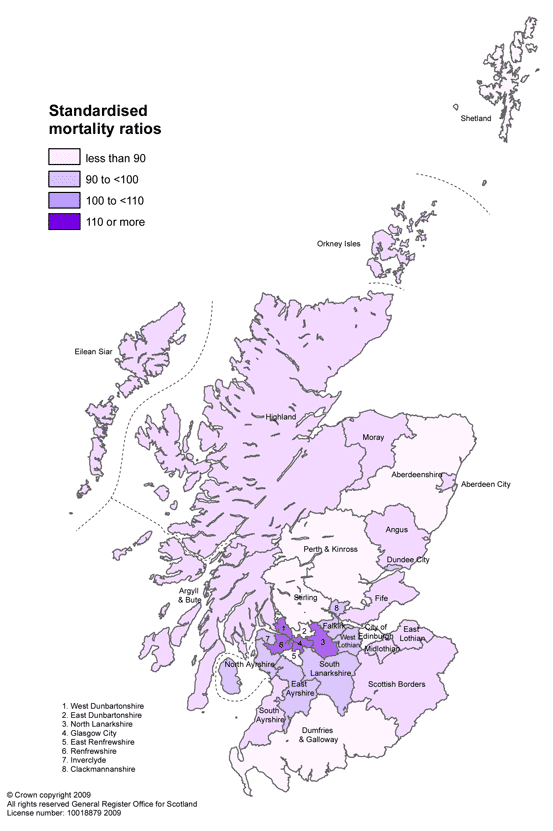
Database Documentry

Investment Opportunity, yoha 2010
NHS Databases:
Database Documentary is a long-term investigation that seeks to understand how databases change our conduct. The initial research located itself within health databases and was initiated through discussions with Polly Moseley who was working with Liverpool Primary Care Trust trying to initiate a year of art and well being. Invisible Airs also grew out of database documentary.
Initially we proposed a multi-modal exploration of the datasets held by Liverpool Primary Care Trust Health Intelligence Team that could form a future public-art collaborations.
Primary Care Trust's (PCT) database management systems store enormous amounts of quantitative data about health in Liverpool. They have the potential to be re-purposed into an innovative and vital collaboration between art and public health, enabling people to visualise and understand their health, its longer term patterns and its position within a wider, historically situated urban context. It was an interesting speculation that an Art work could allow people to critically reflect on behaviour changes that could improve their own and their families health and well being. Simultaneously, it would encourage reflection on the methods used for the acquisition of data, the comparative methods used on such data and how the information and knowledge acquired effects the lives of those that it depicts.
The principle questions explored:
How do the creation and implementation of database management systems (DBMS) affect the conduct of the authors and commissioners of such systems?
How can people that are effected and represented by the abstract models of health embodied in DBMS critically engage with their processes?
How can art present information derived from these databases in such a way that it would allow people to critically reflect on well-being in the city?
What art methods can artists offer to the PCT that would better enable the PCT to present complex datasets to the public to improve their own and their families’ health and well being ?
How can the public critically engage with the systems that manufacture such datasets, allowing for greater public participation and understanding of well-being in Liverpool
What follows is an excerpt from our introduction to "How can NHS databases be a vehicle for mass participation art projects that critically encourage well-being?"
John Grierson defined the term documentary in the 1920's before making films for the General Post Office(GPO). He dubbed this new genre a“creative treatment of reality”. His interest, like that of YoHa, was in a socially active aesthetics. Since the 1930's we have witnessed documentary's ability to influence public perception.

Leni Riefenstahl’s Triumph of the Will
Examples range from Leni Riefenstahl’s fascist work ‘Triumph of the Will’ (1935) aestheticising politics and ascribing the medium’s power to a particular personality, to current work on the Afghanistan conflict trying to critique the political status quo. The energies contained within the documentary can empower governance and its mirrors in a multitude of ways but at the same time they may make an interesting, innovative and popular art possible.

John Grierson Granton Trawler
Database Documentary adopts the view that databases carry the same seeds of creativity that early documentary makers saw in film. Both have a clear relationship to a form of factual truth that can empower, both have the capacity for propaganda and deception, both form views which are privileged by their authors. The film director directs the eyepiece of the camera through the conduct of the cameraman and the editor shapes and cuts the film to create an agreed view for a set audience and the promotion of a particular ideology.

Leni Riefenstahl, film editing.
The database administrator also constructs views of the data that can only be seen by particular roles within the enterprise. In association with analysts they also produce queries that iterate over the data atoms to configure them into particular narratives formed from the enterprise’s ideology.

Mortality Rates Scotland.
click here to read more about "How can NHS databases be a vehicle for mass participation art projects that critically encourage well-being?"
 bnr#94 =>
bnr#94 =>